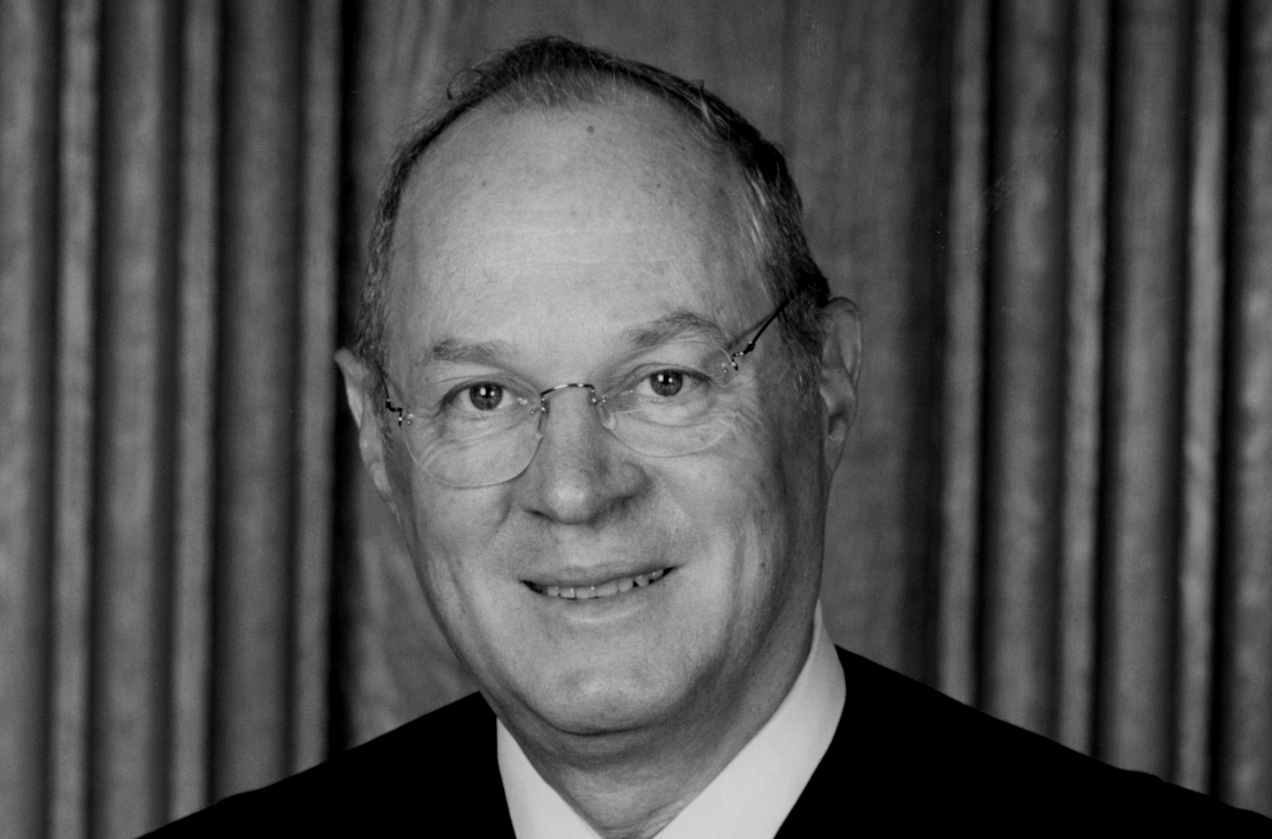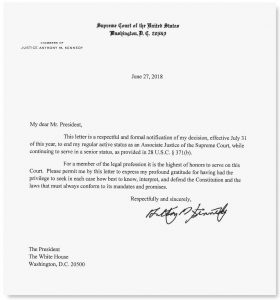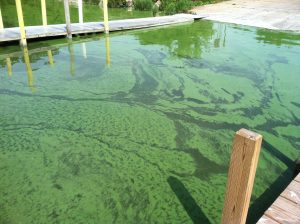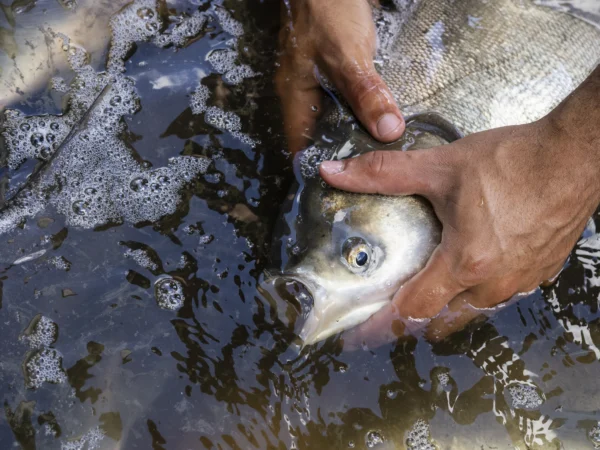
Clean Water Rule, Michigan Rapanos wetlands case could hang in the balance
It helps to have an environment-friendly justice on the Supreme Court.
Especially in an era when the president is de-emphasizing the U.S. Environmental Protection Agency, revoking conservation-friendly executive orders of his predecessor and has pulled the U.S. out of the Paris Climate Accords.
That friend has been Justice Anthony Kennedy.
Last week he announced his retirement at age 81.
Kennedy is in the conservative camp of the court, but he isn’t a hopeless ideologue who strictly adheres to a literal interpretation of environmental law. He is known for his pragmatic swing-votes that showed he has an understanding of the complexity of the issues.
Two cases best demonstrate his approach.
Kennedy tipped the tables in the famous Rapanos case concerning property development that filled a wetland in Midland, Michigan.
His middle of the road opinion said that waters, like a wetland, that had a “significant nexus” to navigable waterways, could be regulated under the Clean Water Act, even if the connection was not readily visible.

Beaver ponds and freshwater wetlands provide important habitat for many refuge residents, Photo by fws.gov
The case is important to the Great Lakes region because wetlands are under constant threat from economic development, especially in coastal areas. The federal restoration program has invested heavily in wetland restoration since 2010.
The Obama administration used Kennedy’s Rapanos opinion as the basis for the Waters of the United States Rule (WOTUS) that defines which waters come under the Clean Water Act. That wouldn’t have been possible without Kennedy’s vote that went against his conservative leanings.
WOTUS is generally referred to as the Clean Water Rule.
Then, in 2007, Kennedy was the key vote in a case that said the states could sue the EPA for not regulating greenhouse gas emissions. Kennedy went against type and voted with the more liberal wing of the court. The decision set the table for President Barack Obama’s climate strategy.
Various news outlets report that Trump has a candidate list largely developed by the Federalist Society, the conservative legal organization that advocates for a strict, originalist interpretation of the constitution as the basis for legal decisions.
In the Rapanos case, as argued by the late Justice Antonin Scalia, that strict interpretation philosophy meant that only waters with a continuous flow like lakes and rivers could be regulated, not wetlands.
Importance of WOTUS
The Trump administration has ditched the WOTUS rule but is required to replace it and is in that process now.
It is likely that any replacement won’t set well with environmental groups given the administration’s dislike for regulations. That means lawsuits – and while it may take years, odds are that the Supreme Court will hear the case.
Development of the WOTUS rule was a significant event in a time when a major source of pollution to waterways comes from agriculture production in the form of nutrient runoff.
Think: Lake Erie’s algae problems.
And runoff from farms is not generally regulated under the Clean Water Act, the cornerstone of federal water law.
The premise behind the WOTUS rule is that polluted water flowing to a ditch or creek ends up in a stream, a river and eventually a larger body of water like a lake that provides drinking water.
The rule is aimed at controlling the pollutant at the source, instead of dealing with it where it impacts drinking water.
Former Clinton EPA Administrator and Obama adviser Carol Browner told Great Lakes Now in a 2017 interview that the WOTUS rule was crafted using a “rigorous process” focused on what the science required to provide safe drinking water.
Handicapping how Supreme Court nominees will vote if confirmed to the high court is risky and perhaps best exemplified by Chief Justice John Roberts, a George W. Bush appointee.
Firmly in the conservative camp, it was reasonable to expect Roberts to vote against sustaining the Affordable Care Act, President Obama’s plan to overhaul healthcare. Instead Roberts cast the deciding vote for Obama’s plan.
President Trump appears ready to move quickly with a nomination to replace Kennedy, and Senate Majority Leader Mitch McConnell has promised swift action to confirm the nominee this Fall.
Featured Image: Anthony Kennedy, Associate Justice of the Supreme Court of the United States, Photo by Collection of the Supreme Court of the United States







